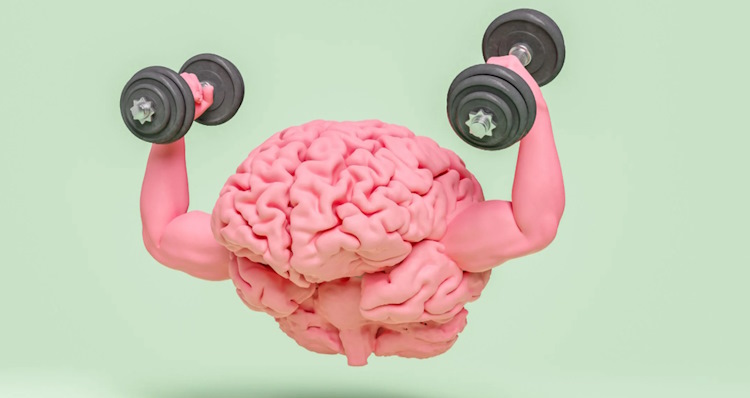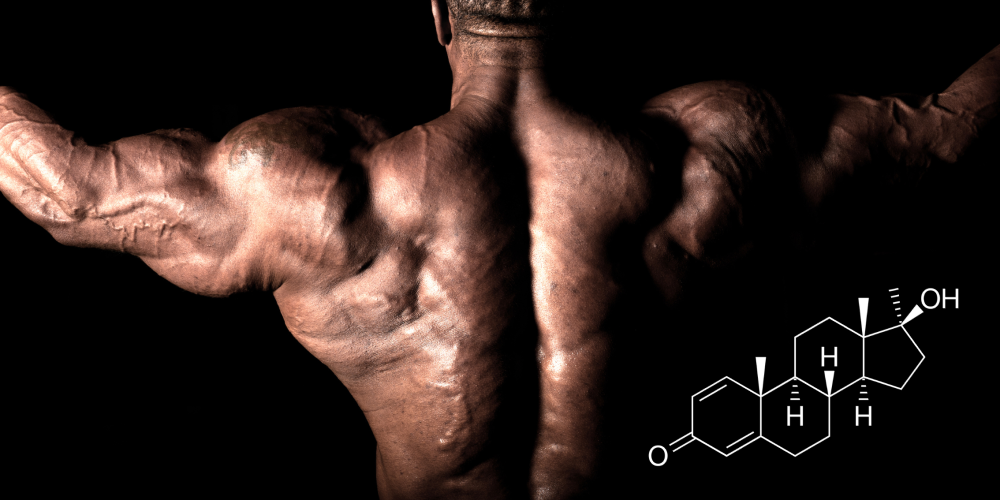Kratom 101 – everything you need to know about it
Kratom (Mitragyna Speciosa) is a tree found in South-East Asian countries like Thailand, Malaysia and Indonesia.
Its leaves have been used for medicinal purposes in that region for hundreds of years, and they have become a popular drug in the West over the last decade or so.
The reason why is that Kratom has incredible analgesic, anxiolytic, anti-inflammatory and anti-depressant properties, meaning that it can treat a whole host of maladies and improve quality of life significantly.
Kratom is quite popular among bodybuilders because it relaxes the muscles after working out and decreases the pain that is experienced when working out, allowing bodybuilders to push themselves to the limit. Despite its miraculous properties, Big Pharma hasn’t managed to get it banned yet so it’s completely legal in the United States and most western countries.
How does Kratom work?
The Kratom leave (which is often consumed in powder form) contains a multitude of active ingredients, many of which aren’t fully understood yet.
Its main alkaloids are mitragynine and 7-hydroxymitragynine, which have been found to attach to Opioid receptors, alpha-2-adrenergic receptors, dopamine receptors and serotonin receptors.
This has led many people to classify Kratom as an opioid, but it’s not even though it acts in a similar fashion to morphine and other opioid drugs.
What are the benefits of Kratom?
Kratom has a wide variety of benefits, with the most relevant ones being:
- Improved mood: The anti-depressive properties of Kratom have been observed in animal trials and are often reported by users.
- Decreased Anxiety: Kratom has a powerful anxiolytic effect. It reduces stress as well as social anxiety, which is why many people take it when going to social events, dates, job interviews, etc…
- Improved pain tolerance: Kratom provides significant pain relief. It acts in a similar way to painkillers like paracetamol, aspirin, ibuprofen, etc…
- Euphoria: Many people use Kratom as an alternative to alcohol not only because it decreases social anxiety, but also because it tends to cause feelings of euphoria and happiness.
- Addiction withdrawal: Because Kratom acts in a similar way to opioids, many opioid addicts resort to Kratom to manage their opioid withdrawal symptoms. However, Kratom itself is addictive (thankfully nowhere near as harmful as actual opioids).
Other possible benefits include muscle relaxation, a decrease in systemic inflammation and increased energy.
What are the side-effects of Kratom?
Unfortunately, these benefits come with a few drawbacks. Even though there is almost no scientific data on the effects of Kratom on humans, there is plenty of anecdotal evidence to go by. These are the main side-effects of Kratom:
- Addiction: Kratom is an addictive substance that can cause serious withdrawal symptoms if abused and discontinued. These symptoms include increased anxiety, weight loss, insomnia, muscle aches and aggression.
- Hepatotoxicity: The liver seems to be very ineffective at processing some of the alkaloids found in Kratom. This can result in mild liver damage, but only if one uses Kratom very regularly.
- Impaired learning: Some users report that they struggle to pay retain information and remember minor details of their day to day life when abusing Kratom. Therefore, we can assume that Kratom abuse can impair learning and short-term memory.
Other benefits include increased melanin production (which isn’t necessarily bad and can facilitate a tan), nausea, headaches and all the others side-effects that are possible with just about any drug.
Types of Kratom
There are different types of Kratom. Even though they all share the same properties, some act faster than others, and some are better for a particular goal than others.
The different types of Kratom are generally classified into three categories:
- Red Kratom, which is considered to be better for pain relief and relaxation.
- White Kratom, which seems to be better at increasing energy and providing an euphoric effect.
- Green Kratom, which offers the best of both worlds.
I won’t go into what all the different strains are and which are better for what purpose because that would make this article extremely long, so be sure to do your own research to find out which strain is best for you.
How to use Kratom
Due to the addictive nature of Kratom, I would advise against using it. However, if you insist on using it because you want to take advantage of some of its benefits, here’s what I suggest you do…
Treat kratom like you treat alcohol, not like you treat coffee. What this means is you should use Kratom strategically and with a specific goal in mind (such as mitigating the pain of an injury or decreasing social anxiety before giving a speech), instead of being on it every day and becoming dependent on it.
So don’t worry about doing “Kratom cycles”. Keep its use to a minimum and only resort to it when strictly necessary.
In terms of dosing, here’s what you need to know:
- 1 to 4g of Kratom will provide a mild stimulant effect (if white) or a mild relaxing and analagesic effect (if red) or both (if green).
- 4 to 6g of Kratom will provide stimulant effects (if white Kratom) or analgesic and anxiolytic effects (if red Kratom) or both (if green).
- 6 to 8 grams will provide serious euphoria (if white) or a very pronounced and almost sedative relaxing and analgesic effect (if red) or both (if green).
Going higher provides diminishing returns and will result in a bad experience. I suggest starting with 1 or 2 grams and increasing the dose slowly over time until you find a dose at which you get your desired positive effects with the least amount of adverse effects possible.
In conclusion, Kratom is a fascinating herbal solution that has garnered attention for its potential therapeutic benefits, including pain relief, mood enhancement, and anxiety reduction. However, it comes with the risk of addiction and certain side effects, so it’s advisable to treat it like alcohol – strategically and with moderation.









